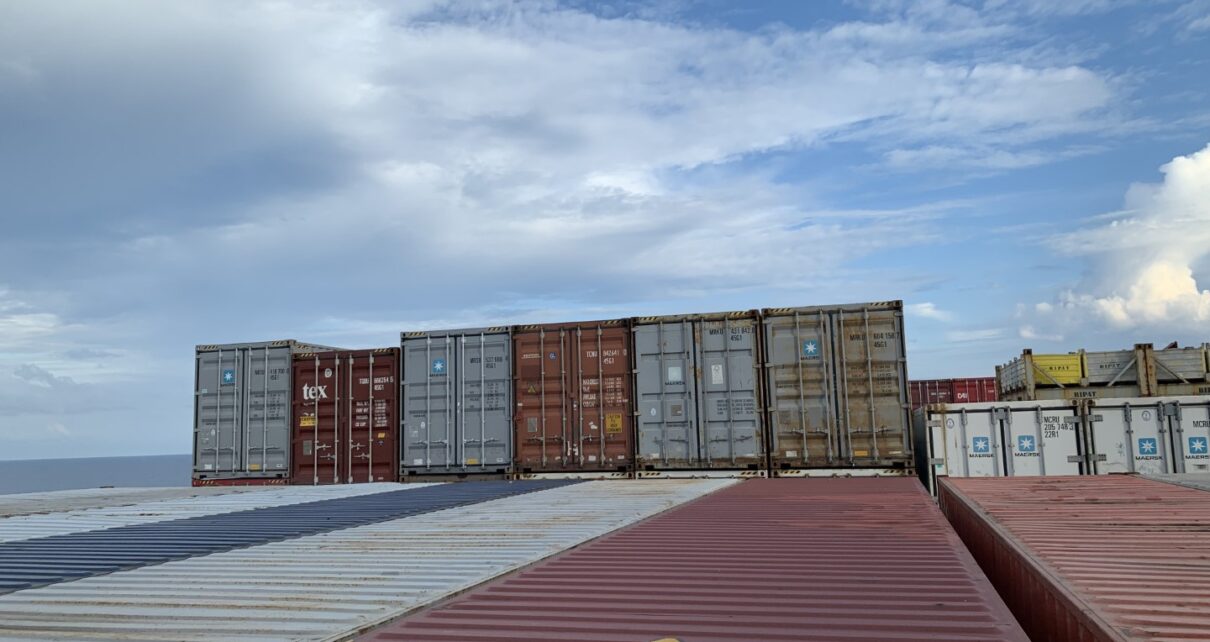Laytime, a fundamental concept in the maritime industry, plays a pivotal role in chartering agreements, affecting both shipowners and charterers. It determines the allowable time for cargo operations, such as loading and unloading, and has significant financial implications. In this article, we will explore laytime, its calculations, and the implications it carries for stakeholders in the shipping industry.
Understanding Laytime in Chartering
Laytime, in essence, is the amount of time allocated within a charter agreement for cargo operations. It begins when the vessel arrives at the port of loading or discharge, and it typically includes the time for loading, unloading, and any other operations specified in the charter party. Laytime is crucial because it impacts the vessel’s schedule, operational efficiency, and costs.
Calculating Laytime:
The calculation of laytime can be complex and is influenced by various factors. Here’s a simplified overview of how laytime is calculated:
1. Commencement of Laytime: Laytime begins upon the vessel’s arrival at the port, which is determined by the Notice of Readiness (NOR) issued by the vessel’s master. NOR is sent to the charterer, indicating that the vessel is ready for cargo operations.
2. Laytime Events: Laytime can be divided into several events, such as “All Fast” (when the vessel is securely moored) and “Commencement of Loading” or “Commencement of Discharging.” These events trigger specific laytime calculations.
3. Time Calculation: Laytime is calculated based on the time it takes to complete each cargo operation. For instance, if the charter party specifies “10,000 metric tons per day,” this means that the charterer has ten days to load or discharge 10,0000 metric tons of cargo.
4. Allowable Days: The charter party may also specify “Sundays and Holidays Excluded” or “Weather Working Days” to account for non-working days or weather-related delays.
5. Demurrage and Detention: If the charterer exceeds the allocated laytime, demurrage charges may apply. Conversely, if the vessel retains the charterer’s containers or cargo beyond the agreed laytime, detention charges may be incurred.
Implications of Laytime
Laytime has several implications for shipowners, charterers, and other stakeholders:
1. Operational Efficiency: Efficient cargo operations are essential to maximize the use of laytime. Delays in loading or unloading can eat into the allocated laytime, potentially resulting in demurrage charges.
2. Financial Impact: Laytime has significant financial implications. Charterers strive to complete cargo operations within the allowed time to avoid demurrage charges, while shipowners aim to minimize laytime to maximize vessel utilization and revenue.
3. Contractual Agreements: The laytime terms are defined in the charter party, and compliance with these terms is crucial. Any disputes related to laytime can lead to costly legal actions or arbitration.
4. Logistics Planning: Efficient logistics planning is essential to ensure that cargo is ready for loading or unloading when the vessel arrives. Poor planning can lead to delays, impacting laytime.
5. Market Conditions: Laytime terms can vary based on market conditions, demand for vessels, and negotiation power. Charterers may secure more favorable laytime terms during periods of oversupply of vessels.
6. Weather and Force Majeure: Adverse weather conditions or force majeure events may affect laytime calculations. Charter parties often include provisions to account for such situations.
Optimizing Laytime Management:
Effective laytime management is crucial for all parties involved in maritime trade. Here are some strategies to optimize laytime:
– Communication: Clear communication between shipowners, charterers, and port authorities is essential to ensure timely cargo operations.
– Efficient Cargo Handling: Implement efficient cargo handling processes to minimize delays during loading and unloading.
– Monitoring: Regular monitoring of laytime events and calculations can help identify potential issues early and take corrective actions.
– Contractual Clarity: Ensure that the charter party clearly defines laytime terms, including any allowances for non-working days or weather-related delays.
– Flexibility: In some cases, parties may negotiate flexibility in laytime terms to accommodate unforeseen delays.
In conclusion, laytime is a critical element of chartering agreements that influences the operational efficiency and financial outcomes of maritime trade. Understanding laytime calculations and their implications is essential for shipowners, charterers, and other stakeholders to navigate the complexities of the shipping industry effectively. Effective laytime management can lead to cost savings and smoother cargo operations, benefiting all parties involved.


